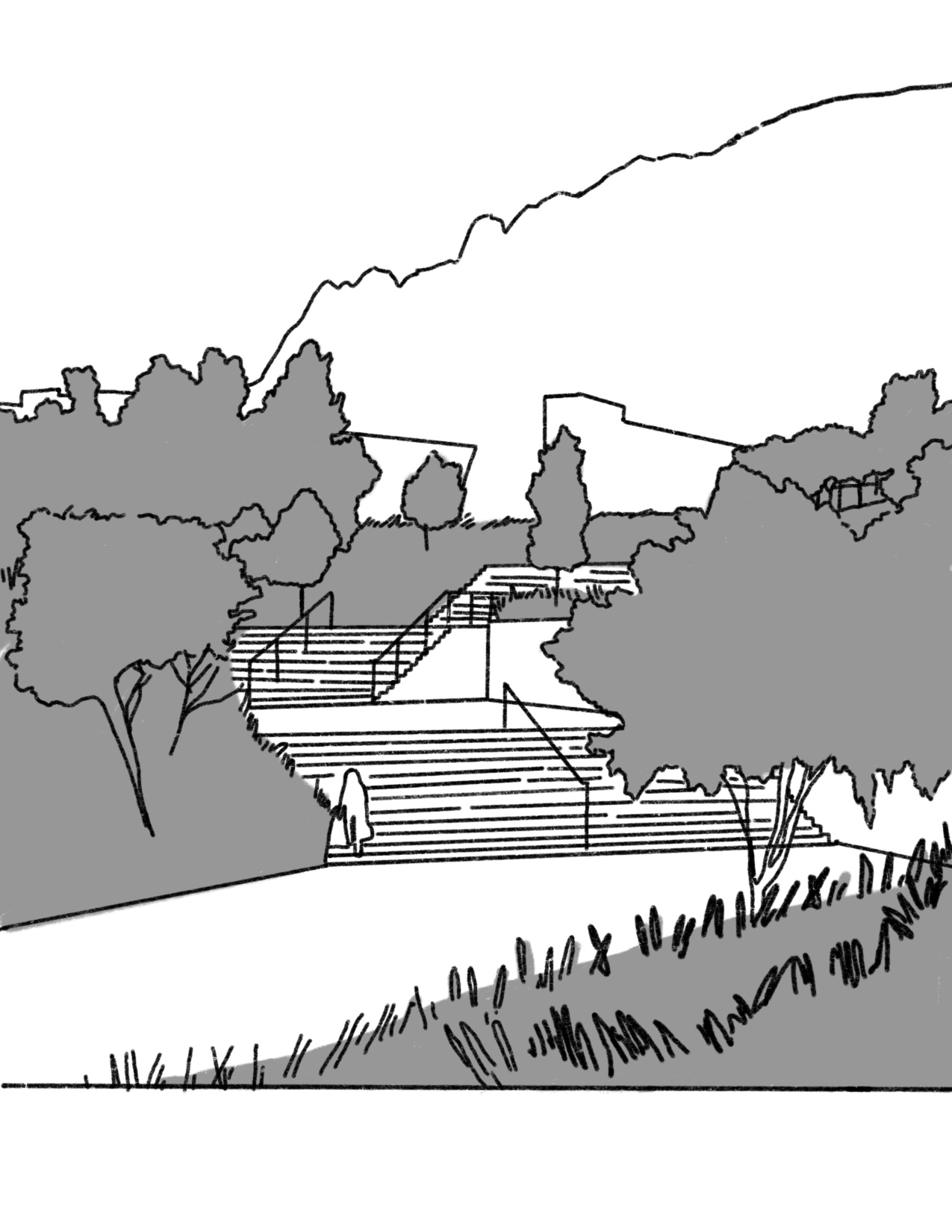Strategy
Adaptation
Prioritize Climate-Adapted Vegetation
Urban trees, shrubs, grasses, and soils are instrumental in helping communities adapt to the effects of climate change, but they too, are vulnerable to more frequent and severe disturbances. Planners and designers can increase the effectiveness of future ecosystem services by selecting vegetation that is pre-adapted to projected climate scenarios.
Select generally robust and regenerative native and non-native plants for climate extremes (heat, drought, wind, inundation, salt)
Options
Case Study
For the Hills at Governor’s Island, 54 species of native or locally adapted species were chosen by the West 8-led team. To ensure survival in the harsh harbor environment and a warming climate, salt tolerance, root structure, and ability to thrive in more southern hardiness zones were selected traits. Tree species included those native to maritime oak forest communities including white oak (Quercus alba), sweet-bay magnolia (Magnolia virginiana), and sassafras (Sassafras albidum).

Select specifically adapted native and non-native plants, according to regional climate projections
Options
Case Study
As water scarcity continues to worsen in Northern Mexico, plants that require irrigation to thrive will become increasingly hard to sustain. SWA’s campus master plan for Universidad de Monterrey focused on transitioning away from water-thirsty vegetation to a plant palette of indigenous species including several Mesquite (Prosopis) species, as well as non-native trees and shrubs such as Palo Verde (Parkinsonia florida) that are naturally drought-tolerant.
